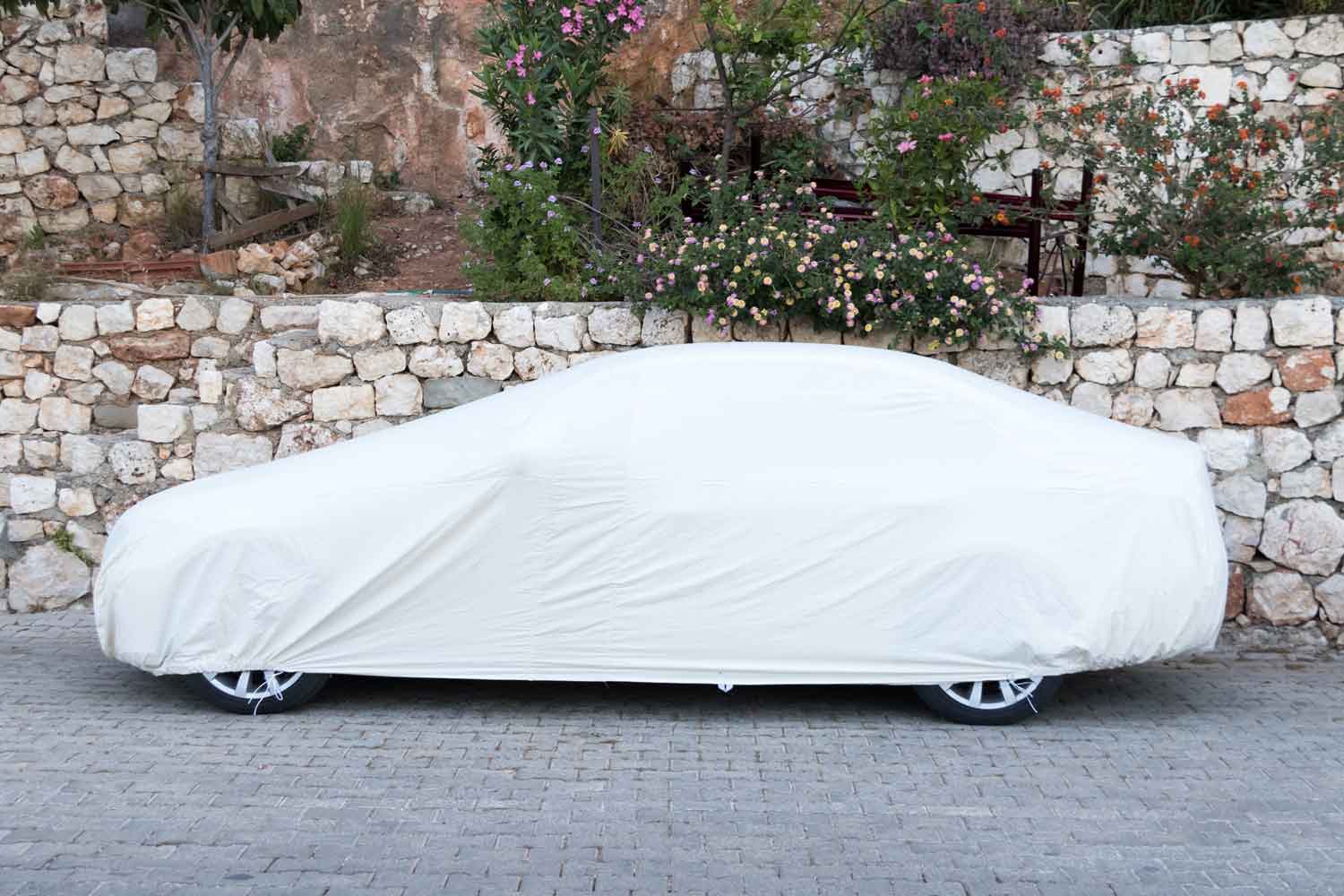That old saying, "use it or lose it," rings true for many things in life, and your car battery is no different. You might be going away for an extended period, storing a classic car, or simply not needing to drive as much lately. Whatever the reason, you might be wondering just how long your car battery can sit idle before it gives up the ghost and leaves you with a vehicle that won't start.
It's a common concern, and we get asked this question pretty often. Let's delve into the factors that influence a car battery's lifespan when not in use and what you can do to keep it healthy.
What happens to a car battery when it sits idle?
Even when your car is switched off, your battery is still working, albeit minimally. Modern vehicles have many electrical components that continuously draw a small amount of power. This is known as parasitic draw or parasitic drain.
These culprits include your car's clock, alarm system and radio. While the draw from these items is usually negligible for a car that's driven regularly, it can have a significant impact over extended periods of inactivity.
Think of your battery like a bucket holding an electrical charge. Each time you start your car, some charge is used. When the engine runs, the alternator kicks in to recharge the battery. However, when the car is sitting still, there's no alternator to replenish the lost charge, and the parasitic draw continues to slowly empty that bucket.
How long before it dies?
As a general rule of thumb, if you leave your car sitting for an extended period, it can take anywhere from a few weeks to a couple of months for your battery to die due to normal parasitic drain. However, this timeframe is influenced by several factors.
Factors affecting battery lifespan when not in use
- Self-discharge rate
All batteries naturally lose charge over time, even when they aren't connected to a load. This is called self-discharge. The self-discharge rate varies depending on the battery's age, type and condition. - Storage conditions
The environment in which your car is stored plays a crucial role. Temperature is a significant factor. Extreme hot and cold temperatures can accelerate the self-discharge rate and negatively impact the battery's ability to hold a charge. Ideally, store your vehicle in a cool, dry place if possible. - Battery age and health
An older battery nearing the end of its typical four to six-year lifespan will naturally have a higher self-discharge rate and less capacity to withstand prolonged periods of inactivity. A newer, healthier battery will generally last longer when not in use. - Parasitic draw
As mentioned earlier, the amount of parasitic draw your vehicle has will impact how quickly the battery drains. Some vehicles have more power-hungry onboard electronics than others. - Battery type
Different battery technologies might have slightly different self-discharge rates.
Tips to maintain battery health during long periods of inactivity
Fortunately, you can take steps to prevent your car battery from dying if your vehicle is going to be sitting unused for a while. Here are a few hints on how to help your battery stay alive whilst you’re away or not using your vehicle for extended periods:
Disconnect the battery
This is one of the most effective ways to prevent battery drain. Disconnecting the negative terminal (typically marked with a black minus sign) first eliminates the parasitic draw and significantly slows down the self-discharge rate.
Note: Please be aware that disconnecting the battery might reset your car's radio settings or alarm system and may require a security code to reactivate.
Use a battery tender or maintainer
These devices are designed to provide a slow, consistent charge to your battery, keeping it at its optimal level even when the car isn't being driven. This is an excellent option for maintaining battery health during extended storage or if you’re away on holiday for a long period.
Start and run your car regularly
If disconnecting the battery isn't feasible, try to start your car and let it run for at least 15-20 minutes every week or two. This allows the alternator to recharge the battery. Be mindful of short trips, as frequent short drives might not allow the battery to fully recharge.
Consider removing the battery and storing it properly
If your vehicle will be in long-term storage, you can remove the battery and store it in a cool, dry place. You can then use a battery tender to maintain its charge.
Ensure your battery is fully charged before storage
Before leaving your car unused for an extended period, make sure the battery is fully charged. A fully charged battery is better equipped to withstand the self-discharge process.
Wrapping up
While a car battery will eventually die if left unused, understanding the factors contributing to this and taking proactive steps can significantly extend its life. By considering self-discharge rates, storage conditions and employing maintenance techniques like disconnecting the battery or using a battery tender, you can avoid the frustration of a dead battery and ensure your vehicle is ready to go when you need it next.
If you're unsure about the best way to care for your battery during inactivity, don't hesitate to contact the experts at Allstar Batteries for advice.

